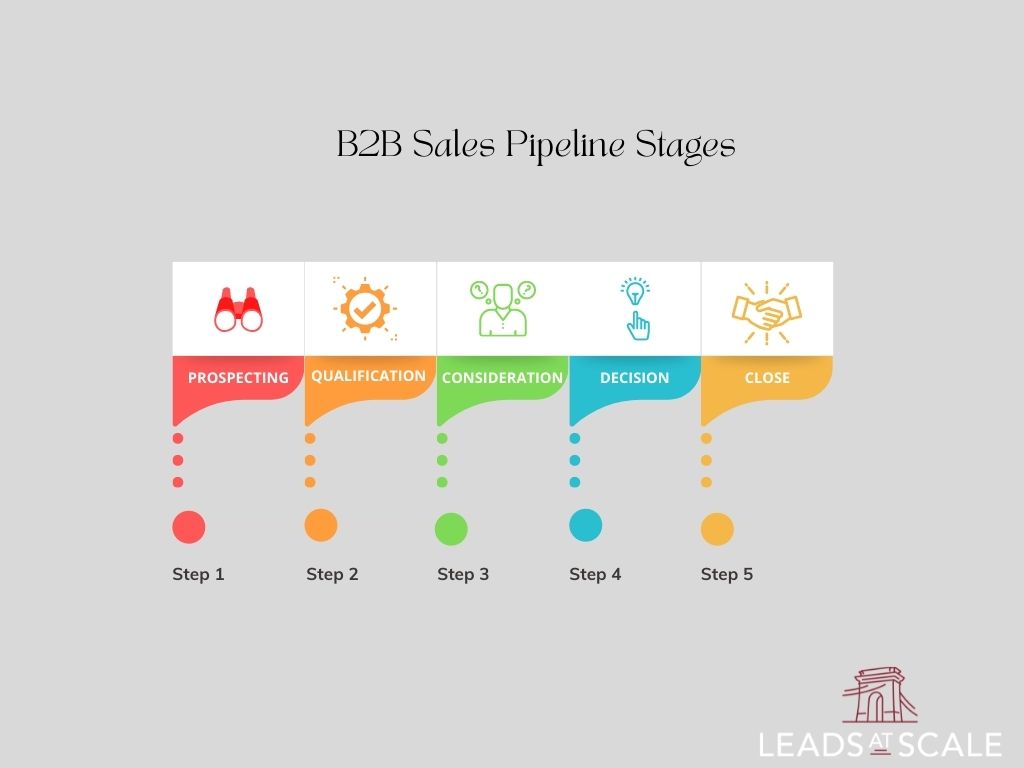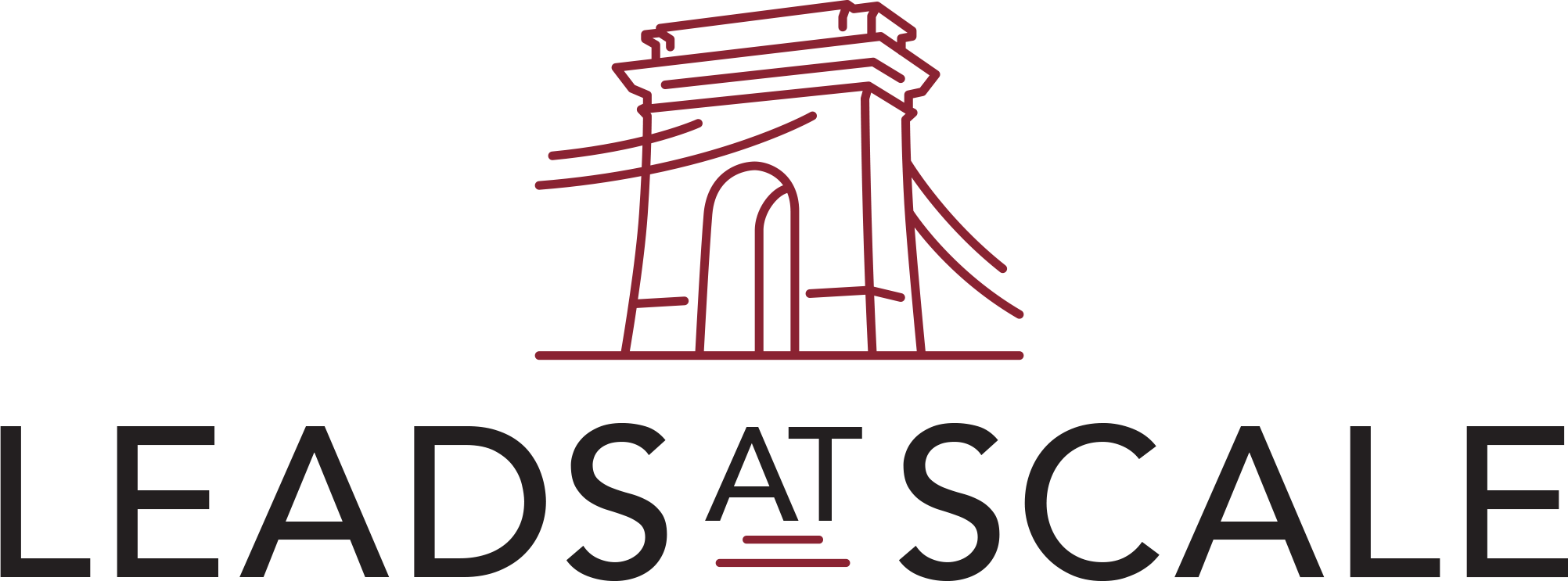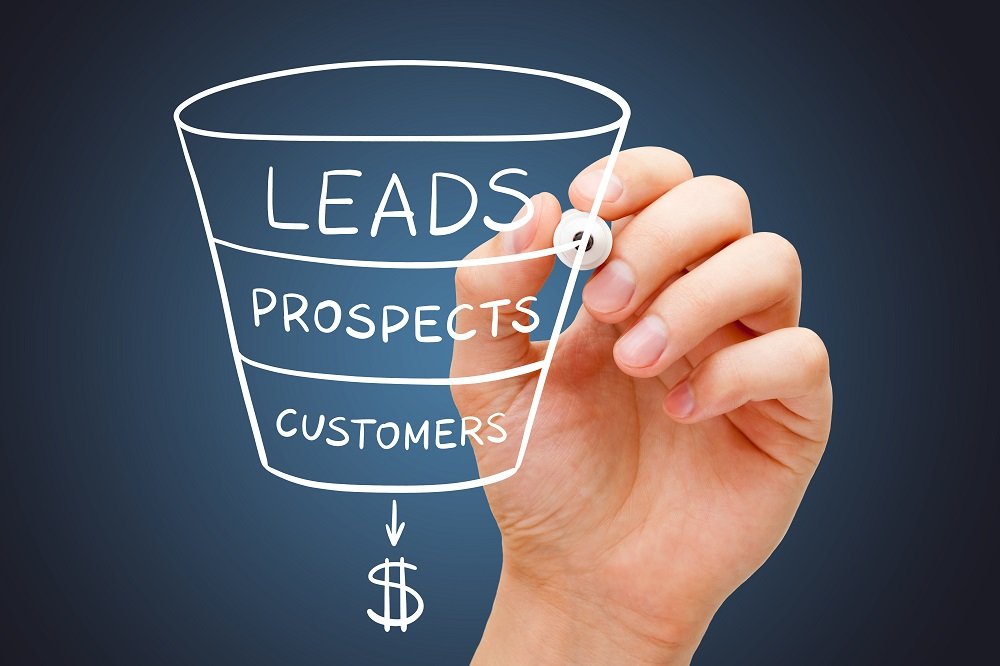The world of sales is very competitive and having a visible B2B sales pipeline is useful for ensuring your business’ success. Building a B2B sales pipeline is a great way to improve efficiency in your sales team and is the key to achieving the end goal of conversion.
You may be wondering, how important is a sales pipeline exactly? Well, today’s post is going to cover everything you need to know about a B2B sales pipeline including why it’s important for your business, the difference between a b2b sales pipeline and a sales funnel, the B2B sales pipeline stages, and how to build one successfully.
What Is a Sales Pipeline?
A B2B sales pipeline is a term that has been widely used in sales departments for many years. To put it simply, a sales pipeline refers to the specific steps needed to move a prospect along from simply being a lead to being a paying customer. It’s the number of potential deals that are waiting to be closed.
B2B sale cycles are typically a lot longer and more complex than B2C. Decisions to purchase are not made quickly and take a lot of preparation, meetings, and presentations before a sale is made. This means prospects will sit at many different stages of the sales journey at different times, which is where the ‘pipeline’ comes into play.
Measuring certain KPIs can help determine which stage of the pipeline the prospect is in. The cycle can be broken down into the following stages:
- Contacted
- Opportunity
- Decision-maker involved
- Presentation scheduled
- Offer
- Accepted/Won
- Not accepted/Lost
Why Sales Pipeline is Important?
A B2B sales pipeline is important for your business for many different reasons. Firstly, having a visible sales pipeline that all members of the team can see allows everyone to keep up to date. Outlining B2B sales pipeline stages means that the team can monitor the progress of their efforts and it gives them an accurate picture of what everyone needs to do to complete the sale. It allows them to be proactive and to address any issues to improve your service.
Adding prospects to your sales pipeline allows you to track each stage and begin to understand where you need to focus your efforts. For example, if you monitor your prospects and know you don’t have enough to hit your averages for the month, you know in good time that you need to find more opportunities.
Overall, building a sales pipeline can help you measure the success of your sales team and monitor targets.
However, Vantage Point Performance and the Sales Management Association conducted a study, in which 44% of executives believe that their business is ineffective at managing their B2B sales pipeline. Despite this, it’s important to keep in mind that an ineffective sales pipeline or no pipeline at all can often result in missed opportunities, workers not working to capacity, and a disengaged workforce.
Sales Pipeline vs Funnel: What’s the Difference?
A B2B sales pipeline is not to be confused with a sales funnel. Although very similar in concept, they do differ in some ways.
The main difference is that where a sales pipeline represents the different stages in the sales process, a sales funnel represents the number of prospects who make it through these stages. Unlike a sales pipeline, which focuses on the set of actions taken by the seller, a funnel represents the quantity and conversion rates of your prospects. Sales funnels are more frequently used in B2C sales.
In short, a pipeline reflects what the seller does, whereas the funnel measures conversion rated through the sales process.
B2B Sales Pipeline Stages

In order to reach the end goal of conversion, you must identify the steps and stages involved in your b2b sales pipeline. Some B2B sales pipeline stages include prospecting, qualification and consideration, decision and close.
- Prospecting is the first step of the sales process, in which a prospective customer approaches your company through lead generation advertising.
- Qualification is when sales representatives ask questions to understand the prospect’s needs. This can often include budget and authority in the buying process. If the prospect does not meet the requirements to complete the sale, there is no point in moving on to the next stage with them.
- Consideration is usually the meeting between the sales rep and prospect. In this meeting, solutions to buying needs are discussed before the prospect makes the choice to proceed with the next phase of the sales process or not.
- Decision is the stage that ultimately determines the outcome of the sale. The sales representative will work hard here to identify and more importantly, resolve any doubts about the sale. They will also work to answer any last-minute questions the prospect may have to close the sale.
- Close is when the sale is closed, and the prospect has decided to go ahead with the sale.
How to Build a B2B Pipeline That Delivers Results
Building a B2B sales pipeline can be done in multiple different ways. Of course, the needs of every business vary, so delivering a personalized approach is super important to success.
Here is how to deliver a b2b sales pipeline that delivers results:
Identify the stages of a sale
As previously outlined, identifying the steps and stages to completing your b2b sales pipeline is crucial. Some B2B sales pipeline stages include prospecting, qualification and consideration, decision, and close. Without effectively identifying the stages your business will take in the pipeline and following these steps sequentially, you will not be able to effectively reach your end goal of conversion.
Set goals and determine how you measure success
It’s important to consider how many sales a day, week, or month you need to complete. Setting measurable goals and KPIs is a great way to keep up motivation and to identify areas of development within the business.
Discuss factors that advance your deals
With experiences comes knowledge and it’s vital that you know what works and what doesn’t. Not only will this save you time and effort in the long run, but it will also drive the success of your sales. If a pipeline is visible, you’ll be better equipped to identify factors that influence a deal.
Get into a routine
Having a visible pipeline provides you with all the information you need to analyze your business moves and complete deals more efficiently. Keep routine by continuing to do these things to improve business consistency. Continue to prospect for new deals, stay engaged with your prospects, and act according to your metrics. We recommend continuing to evaluate the progress of your team and acting accordingly.
Final Thoughts
To conclude, a B2B sales pipeline is essential for your business’ success and the key to building a successful sales team. Once you’ve established your sales pipeline, you will be able to reap its benefits. It will allow you to measure the success of your sales team, whilst also allowing reflection and identification of areas for development for your business, making sure your business remains adaptable for all kinds of trends and industry changes.
Looking to fill your team’s pipeline with more qualified B2B leads? Here at Leads at Scale, we’re industry experts in outbound sales services. We help companies generate well-qualified B2B leads and sales appointments at scale.
Get in touch today to find out how we can help your business reach more prospects and grow faster. Get estimates!



